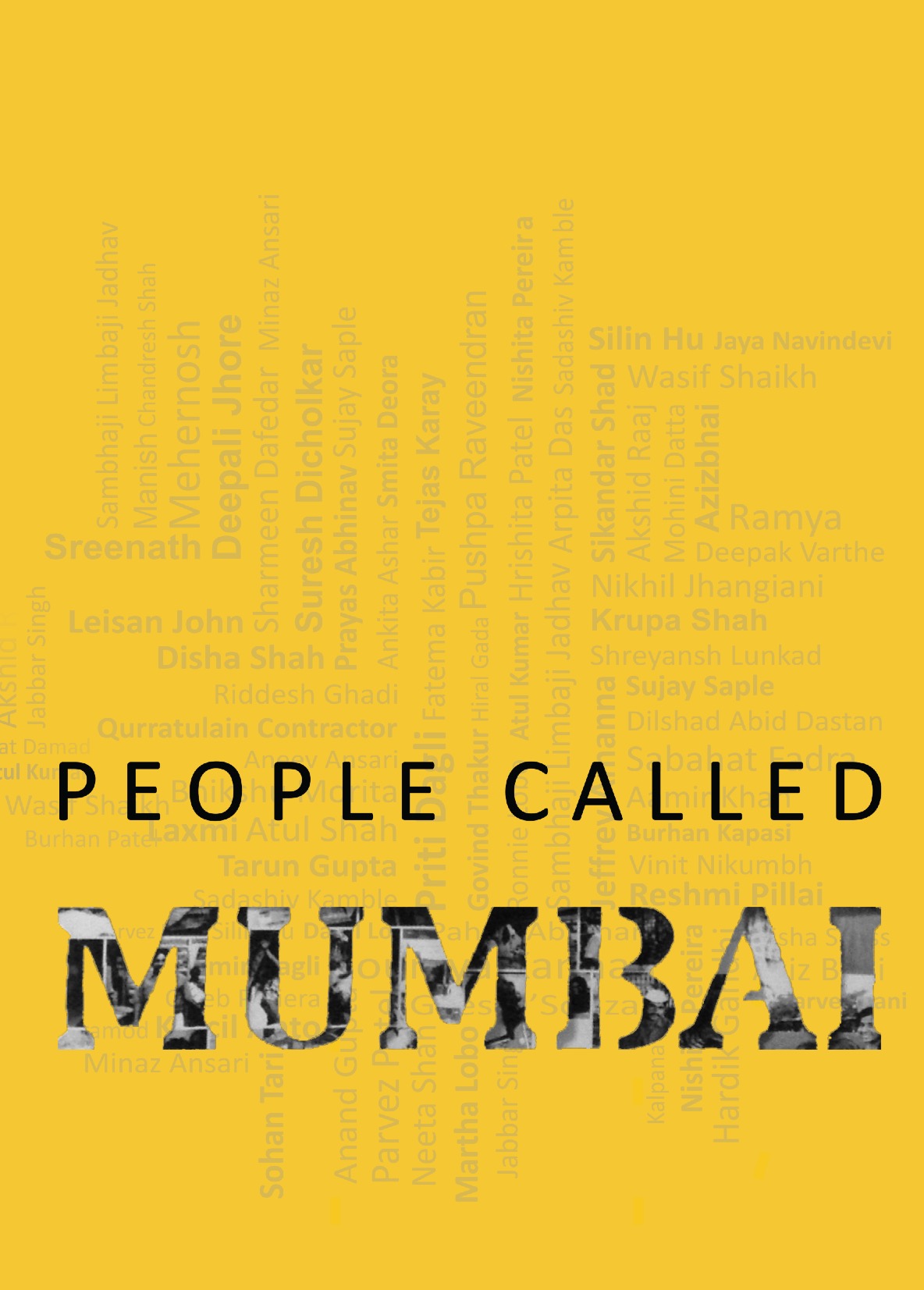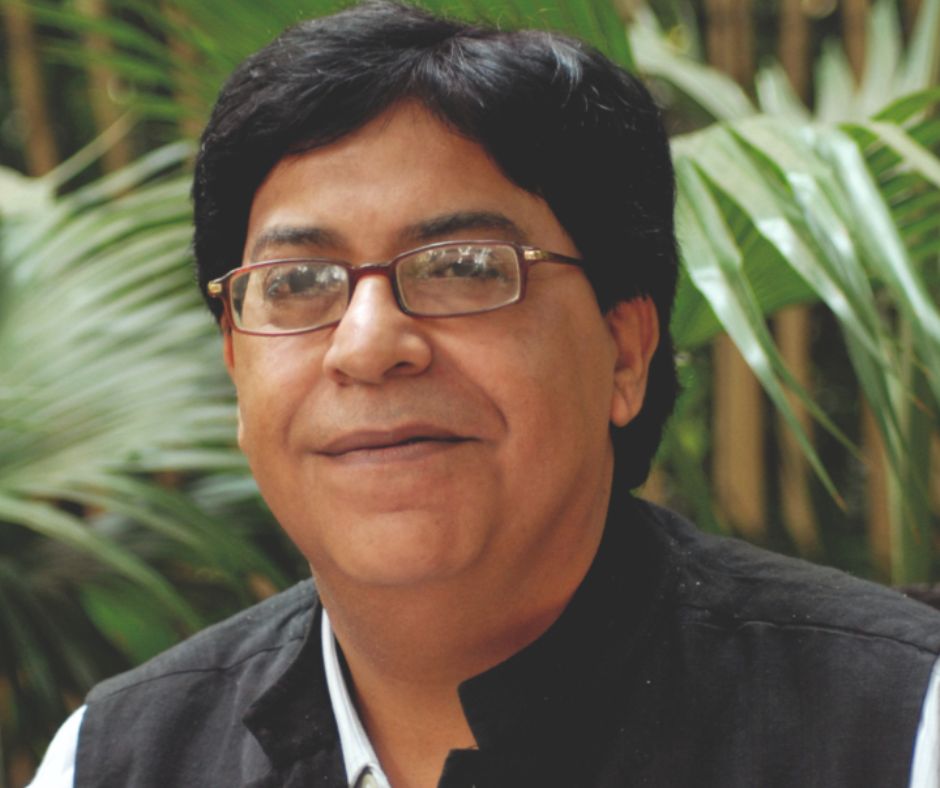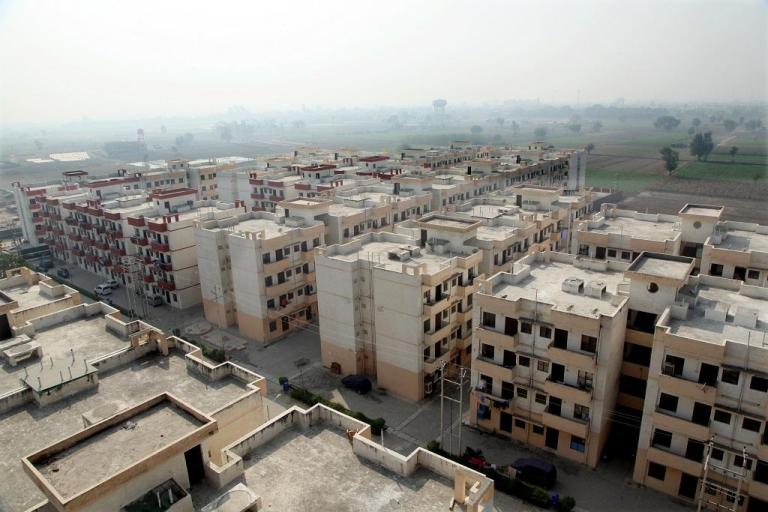What makes Mumbai “MUMBAI” is its people. With a diverse population influx each minute, every person here is a story by themselves. Along with being a personal account, each of them belongs to a collective narrative, falling into the compartments of the city’s history.
People Called Mumbai is a collection of 55 such stories, cutting across geography and from a wide cross-section of society, detailed with snippets in the hope of providing a re-reading of the city.
The book dives into a sea of people, surfacing with wonderful tales; A photographer at Juhu Chowpatty who doubles up as a lifeguard, a businessman dealing in beads in Bhuleshwar who came to the city to fulfil his dreams, a stranded tourist now driving horse carriages, a Bollywood duplicate, a migrant who runs the city’s only Tibetan restaurant, and many more.
We often zoom past people, landmarks, places, with little thought that they could hold within them beautiful accounts of their lives. Pausing, listening and reflecting, People Called Mumbai is a compilation of many such unforgettable accounts.
Book Size: 148 mm X 201 mm
Number of Pages: 195 pages
Binding type: Paperback









